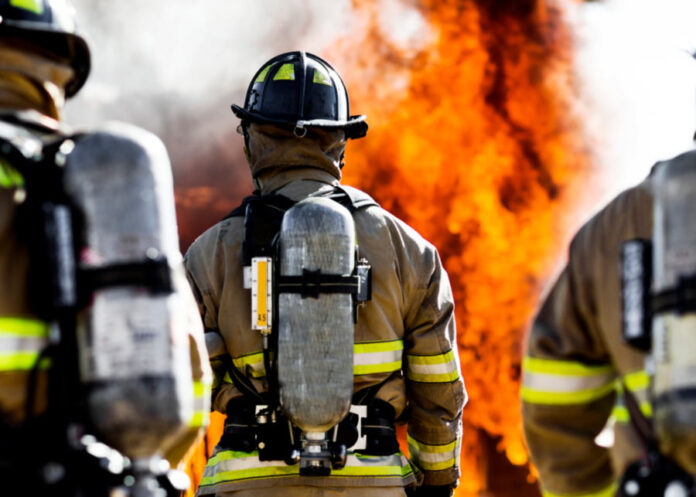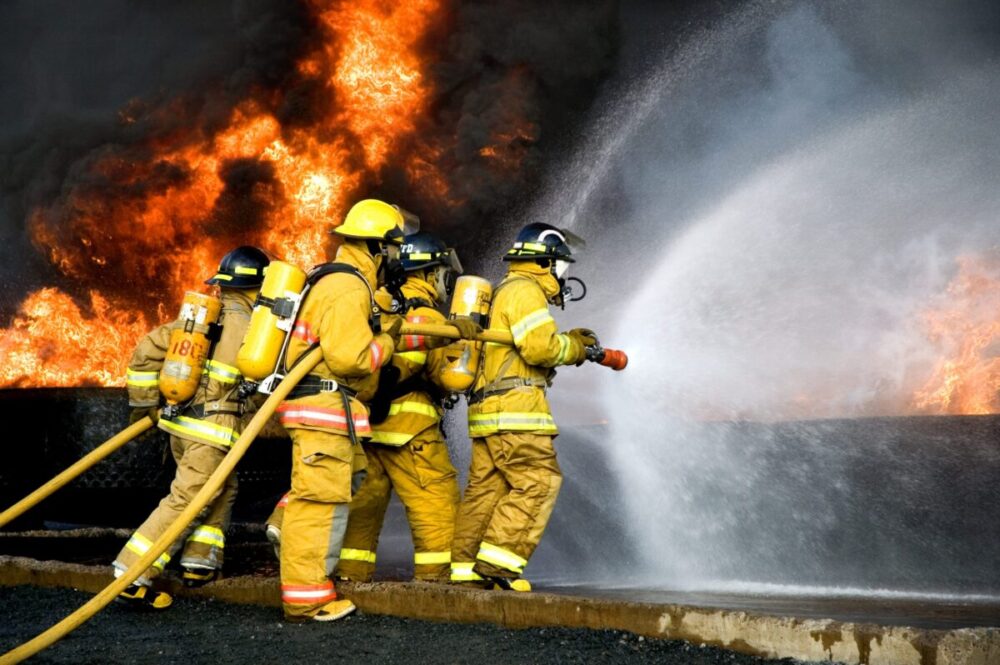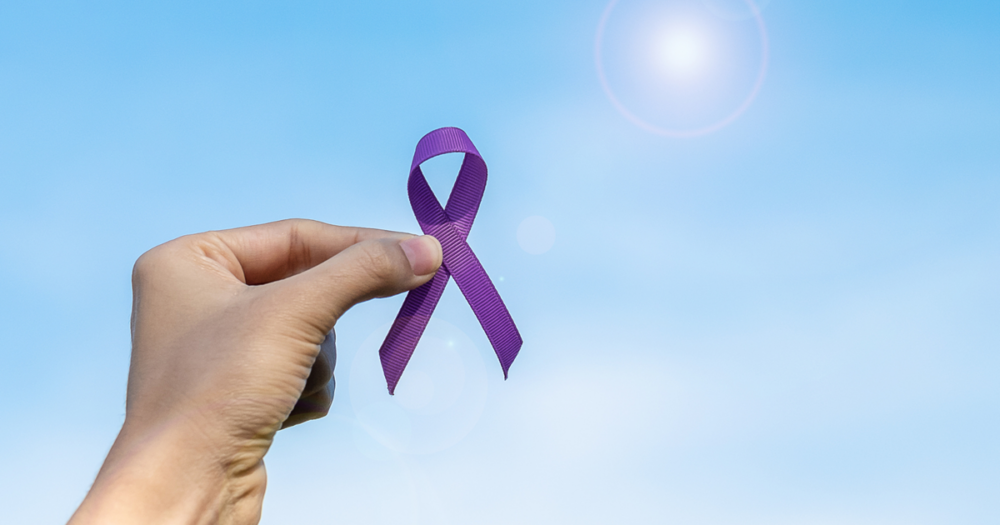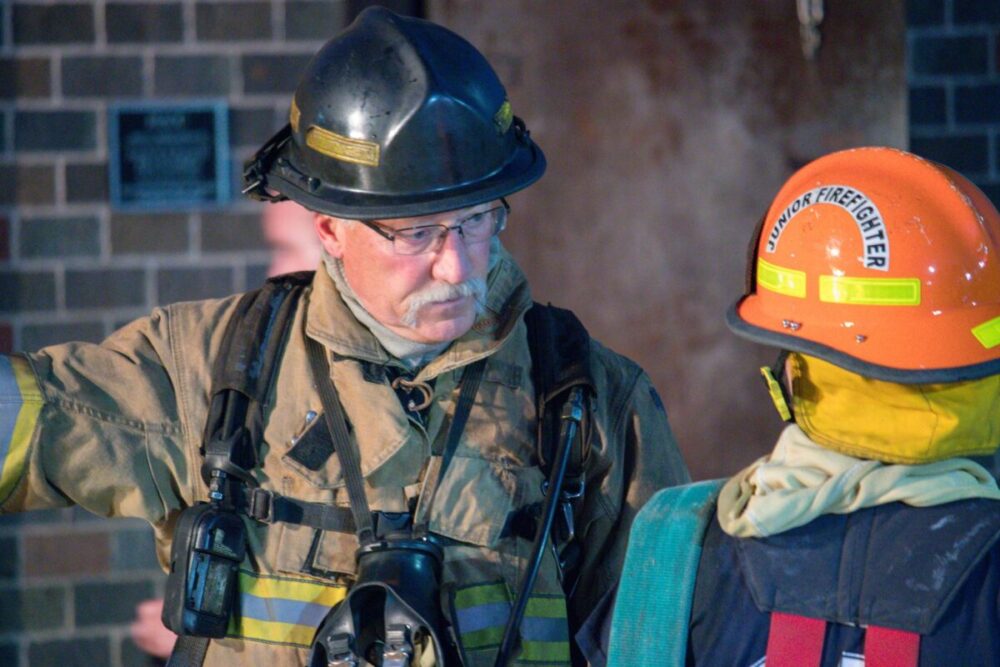
Firefighters are true heroes, battling flames and risking their lives to save others during emergencies. However, while their bravery is unquestionable, there’s a silent danger often underestimated in the smoke and chemicals they encounter on the job. This hidden danger comes in the form of an increased risk of cancer.
In this article, we will explore the reasons why firefighters face a high risk of developing cancer. We will also emphasize the importance of raising awareness about this critical issue.
Exposure to Harmful Chemicals

One of the primary reasons firefighters are at an elevated risk of cancer is their frequent exposure to a cocktail of harmful chemicals. When buildings and structures burn, a variety of toxic substances are released into the air.
These may include asbestos, benzene, formaldehyde, and polycyclic aromatic hydrocarbons (PAHs), among others. Firefighters inhale and absorb these carcinogens through their skin, putting them at a higher risk of developing cancer over time.
Moreover, Aqueous Film-Forming Foam (AFFF) is regularly used by firefighters to combat flammable liquid fires. TorHoerman Law notes that this firefighting foam is another factor that significantly contributes to the elevated risk of cancer within their profession.
While AFFF is effective in suppressing these fires, it contains per- and poly-fluoroalkyl substances (PFAS), which are known to be highly persistent and toxic. Recent research reveals that heightened levels of PFAS chemicals may have the capacity to weaken the immune system. Additionally, these chemicals are associated with the development of various cancers, including kidney and testicular cancer, along with other health problems.
Furthermore, concerns have emerged regarding the presence of these same chemicals in firefighters’ protective gear, commonly referred to as “turnout gear.” This issue exacerbates the risks they encounter in the line of duty.
Despite the increasing prevalence of cancer as the leading cause of firefighters’ deaths, many firehouses continue to use PFAS-laden foam and gear.
According to reports, in the last two years, there were 469 firefighter deaths classified as “line-of-duty” in the United States and Canada. A significant 348, nearly three-quarters of these deaths, were attributed to cancer.
In response to these disconcerting findings, firefighters have taken legal action by filing lawsuits known as the firefighting foam lawsuit. Their claim is rooted in the assertion that authorities had knowledge of the health risks linked to PFAS chemicals. However, they allegedly failed to adequately communicate these risks to the public.
Airborne Particulates
In the chaos of a fire, numerous materials are burned, resulting in the release of tiny, airborne particulates. These particulates, which can include heavy metals and toxic compounds, are inhaled by firefighters, penetrating deep into their lungs. Over time, this exposure can lead to respiratory issues and an increased risk of lung cancer, among other health problems.
Prolonged Exposure to Smoke
As firefighters work in close proximity to smoke for extended periods, they are at risk of inhaling harmful chemicals present in the smoke. This exposure can lead to damage to their respiratory system, increasing the risk of developing lung and throat cancer.
Furthermore, exposure to the compounds within smoke can have systemic effects, impacting the entire body and potentially giving rise to various forms of cancer.
According to a study published in the peer-reviewed Journal of Occupational Medicine, firefighters exhibit significantly elevated rates of specific cancers. Specifically, rates of esophageal cancer, leukemia, and prostate cancer are reported to be 2.4, 3.2, and 3.8 times higher than the general population. Overall, the study reveals that firefighters have faced cancer death rates 1.6 times higher than that of the general population.
Importance of Awareness and Prevention

To address the heightened cancer risk among firefighters, it is of paramount importance to emphasize awareness and prevention measures. Several states have acknowledged these risks and enacted legislation to provide cancer coverage for firefighters.
As an example, in 2019, Florida implemented a legislation. This legislation afforded firefighters the right to receive cancer treatment and a one-time cash payout of $25,000 upon their initial cancer diagnosis.
Furthermore, fire departments are gradually implementing measures to reduce exposure to carcinogens. These measures include the adoption of enhanced protective gear and respiratory equipment, along with the enforcement of decontamination protocols after every fire incident.
The International Association of Fire Fighters (IAFF) underscores the effectiveness of adhering to these decontamination procedures in reducing the risk of cancer.
Regular health check-ups, cancer screenings, and education about associated risks are also essential components for early detection and intervention.

Conclusion
Firefighters are a vital part of our communities, putting their lives on the line to protect us from the destructive forces of fire. However, their work comes at a high personal cost due to the increased risk of cancer. Recognizing this risk and taking proactive steps to minimize exposure to carcinogens is crucial for the health and safety of these brave individuals.
It is our duty to stand by and safeguard our firefighters by advocating for improved safety protocols. Additionally, we should emphasize the importance of regular health check-ups and continuous research into the health risks they confront.








